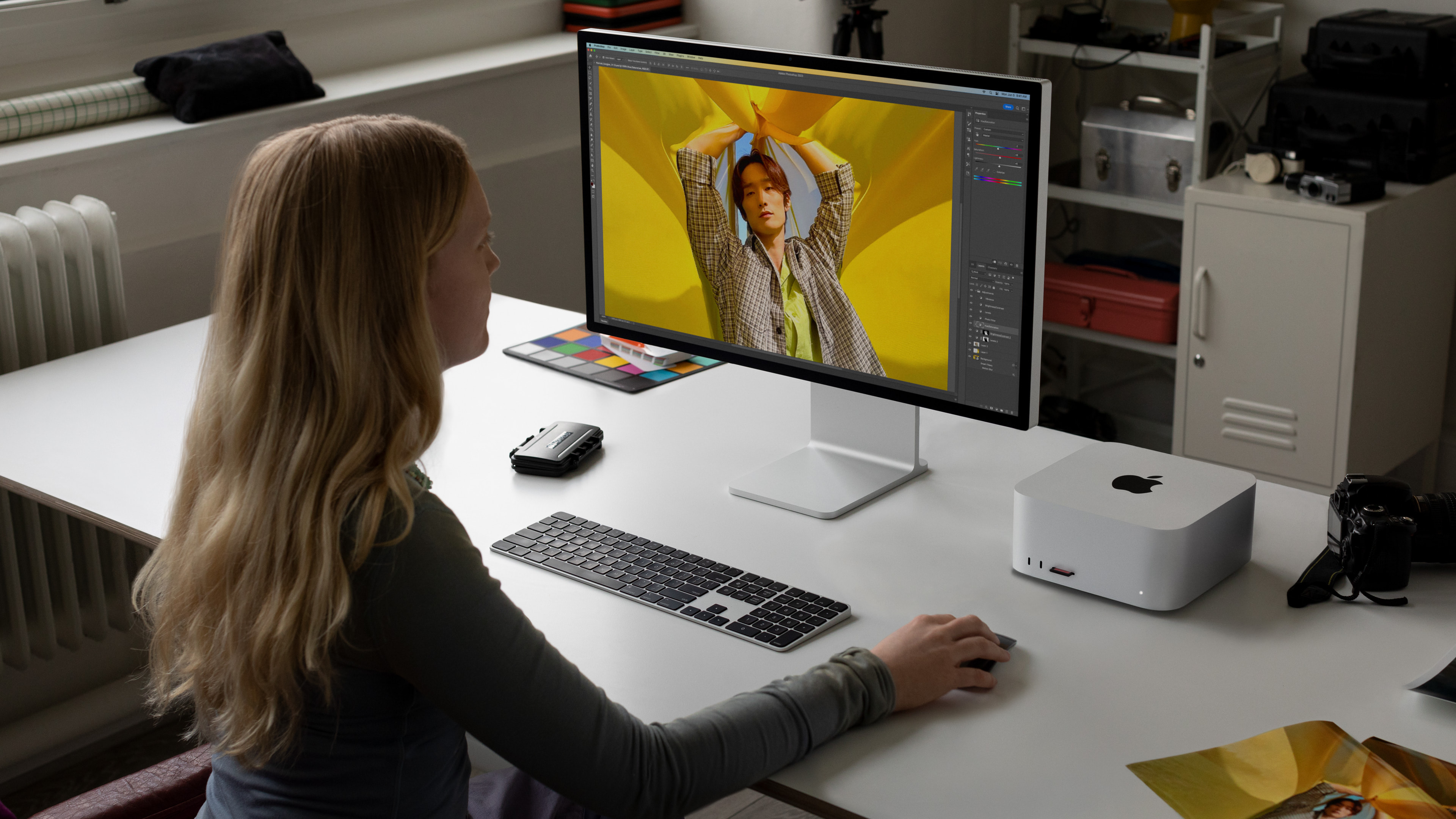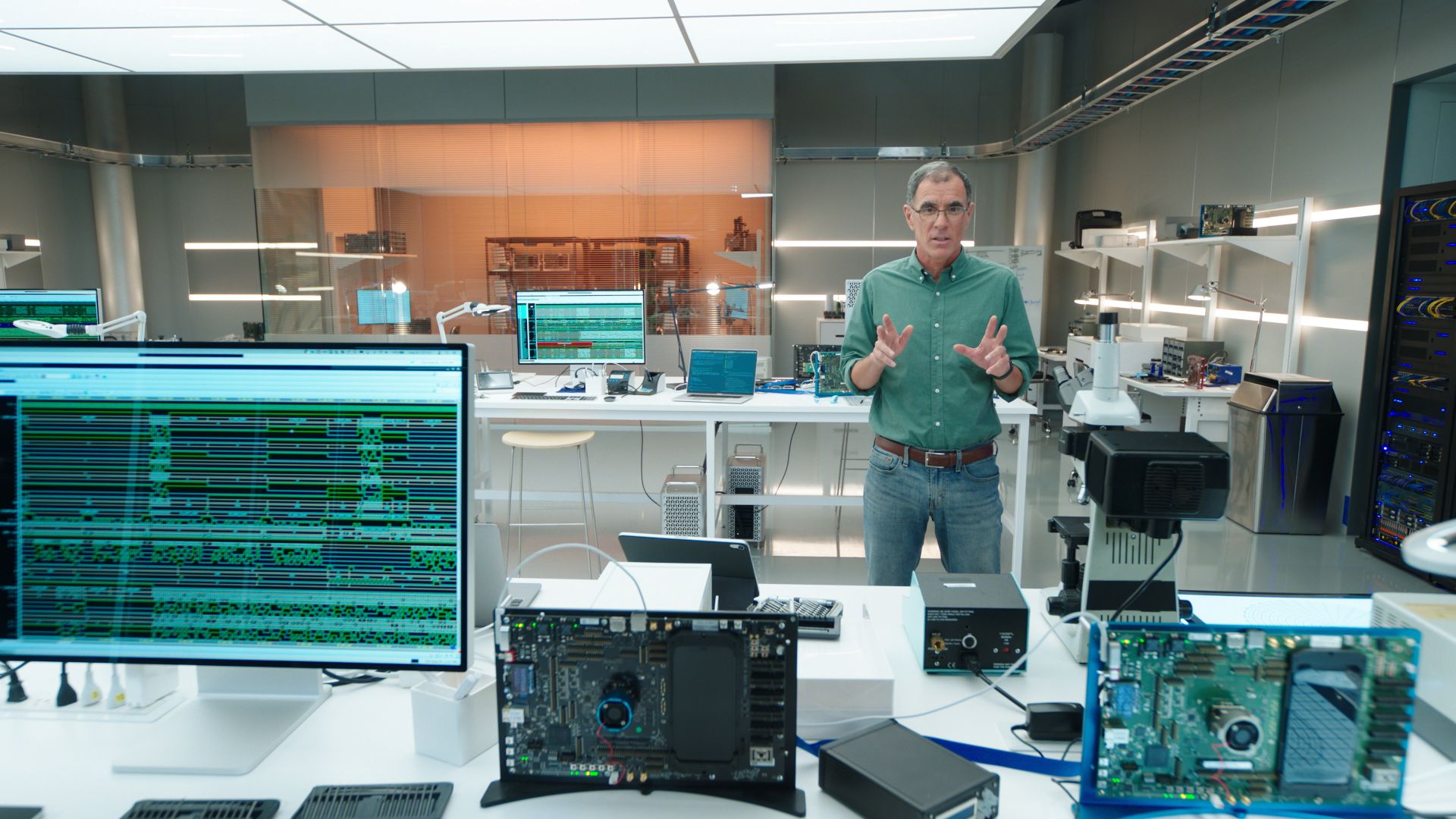
Apple’s upcoming M3 Ultra chip could represent a massively powerful upgrade for Mac users, a new report has claimed, with the potential to turn Apple’s computers into some of the best Macs the company has ever released.
That’s the idea put forward by Bloomberg journalist Mark Gurman in his latest Power On newsletter. In Gurman’s words, the M3 Ultra could come with an “outrageous” level of power, something that could decimate its PC rivals and outdo anything Apple has produced in the past.
Gurman’s report notes that previous Apple chips have come in four tiers: the entry-level model, followed by Pro, Max and Ultra variants. Compared to the Max chip, the Ultra version usually doubles the number of CPU and GPU cores.
As we’ve seen in Apple’s latest MacBook Pro laptops, the most powerful M3 Max chip comes with 16 CPU cores and 40 graphics cores. If the M3 Ultra follows the trend and doubles those, we could end up with the most powerful Mac chip we’ve ever seen, with 32 CPU cores and 80 GPU cores. It would go beyond the M2 Ultra, which right now tops out at 24 CPU cores and 76 GPU cores.
Massive performance

What does that mean if you’re in the market for a top-of-the-range Mac? Well, obviously the M3 Ultra could be a phenomenal performer for high-end tasks, and should be able to chew through almost anything you throw at it.
The difference could be felt especially keenly when it comes to CPU-intensive tasks, as this is where the gain over the M2 Ultra is strongest. Things like photo and video editing, code compiling and mathematical calculations would all benefit from this CPU uptick.
Of course, this kind of power won’t come cheap. The M2 Ultra is only found in Apple’s most expensive Macs – the Mac Studio and the Mac Pro – the cheapest of which is the $3,999 Mac Studio. Still, if you need that kind of brute-force performance for your work, the results should be worth it.
There’s no word on exactly when the M3 Ultra chip will emerge, with Gurman merely saying we can expect Macs bearing the M3 Ultra “sometime next year.” The chip could enter testing in the next few months, though, which might help spill the beans on what kind of performance we can look forward to. Keep your eyes peeled.







